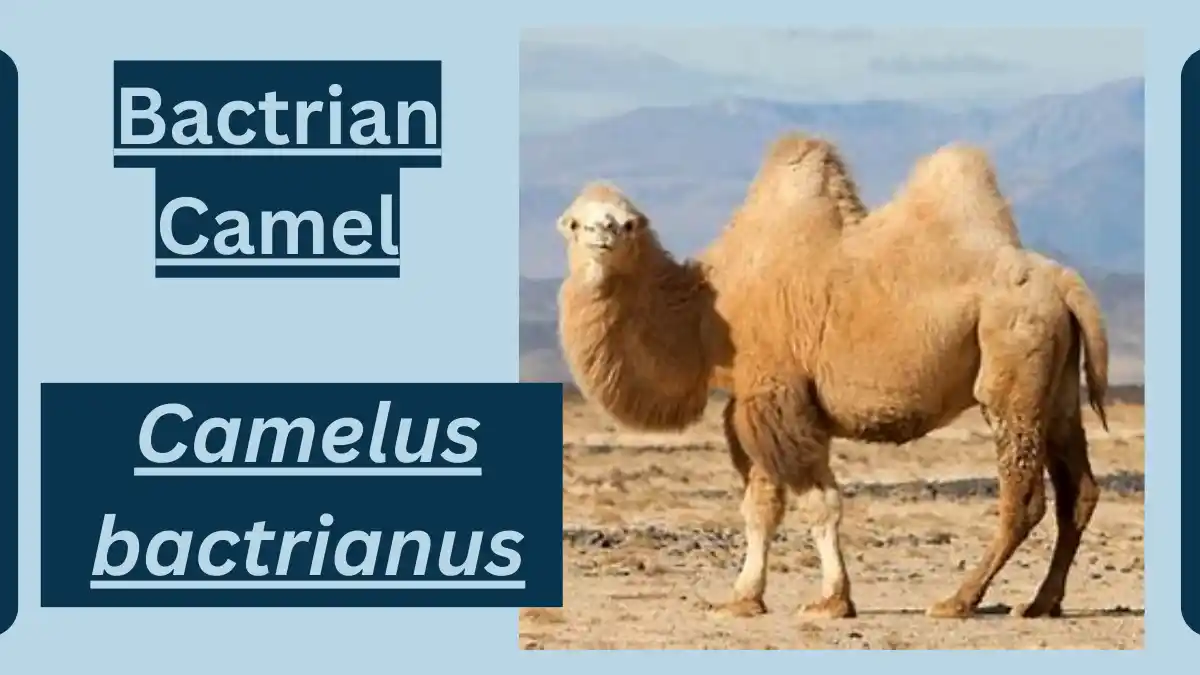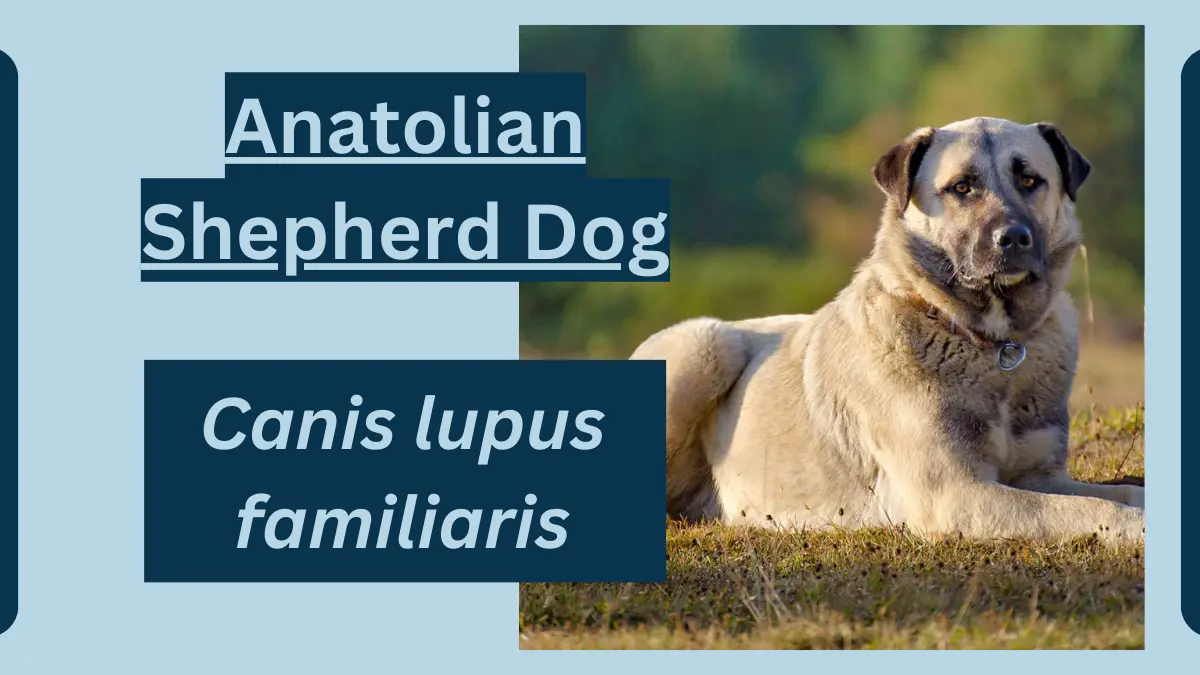Coyote-Classification, Appearance, Habitat, and Facts
The coyote, scientifically known as Canis latrans, is a highly adaptable and widely distributed species of canid found throughout North and Central America.

Coyote
Here is some information about coyotes
Scientific Classification
- Kingdom: Animalia
- Phylum: Chordata
- Class: Mammalia
- Order: Carnivora
- Family: Canidae
- Genus: Canis
- Species: Canis latrans
Physical Characteristics
- Size: Coyotes are medium-sized canids, with adult individuals typically weighing between 20 to 50 pounds (9 to 23 kilograms).
- Coat: They have a dense, grayish-brown coat with a whitish throat and belly. Their fur can vary in color, and some individuals may appear more reddish or even black.
- Features: Coyotes have pointed ears, a slender muzzle, and a bushy tail. They resemble domestic dogs but are generally leaner and possess a more wild appearance.
Habitat and Distribution
- Coyotes are incredibly adaptable and can be found in a wide range of habitats, including forests, grasslands, deserts, and urban areas. They are highly versatile in their choice of living environments.
- Their natural range spans across North and Central America, from Alaska in the north to Panama in the south.
Behavior and Diet
- Coyotes are primarily crepuscular and nocturnal, meaning they are most active during dawn and dusk. However, they can also be active during the day.
- They are opportunistic omnivores, with a diet that includes small mammals, birds, insects, fruits, and vegetation. They are known to scavenge and can adapt their diet to local food availability.
- Coyotes are skilled hunters and are known for their intelligence and adaptability.
Social Structure
- Coyotes are typically solitary animals, but they can form family groups during the breeding season. These family groups often consist of a breeding pair and their offspring.
Reproduction
- Breeding: The breeding season for coyotes usually occurs in late winter, with a gestation period of approximately 60 to 63 days.
- Litters: A typical coyote litter consists of 4 to 7 pups, which are born in a den. The pups are cared for by both parents and other members of the family group.
Predators and Threats
- Coyotes face threats from various predators, including larger carnivores like wolves and cougars.
- Human activities, such as hunting, habitat loss, and vehicle collisions, can also pose threats to coyote populations. However, coyotes have shown remarkable adaptability to human-altered environments.
Conservation Status
Coyotes are not considered a threatened or endangered species. Their adaptability and ability to coexist with humans have contributed to their widespread and stable populations.
Coyotes play a vital role in the ecosystems they inhabit by helping to control small mammal populations and serving as a food source for larger predators. They are fascinating and resilient creatures that have successfully adapted to a changing world.







Leave a Reply